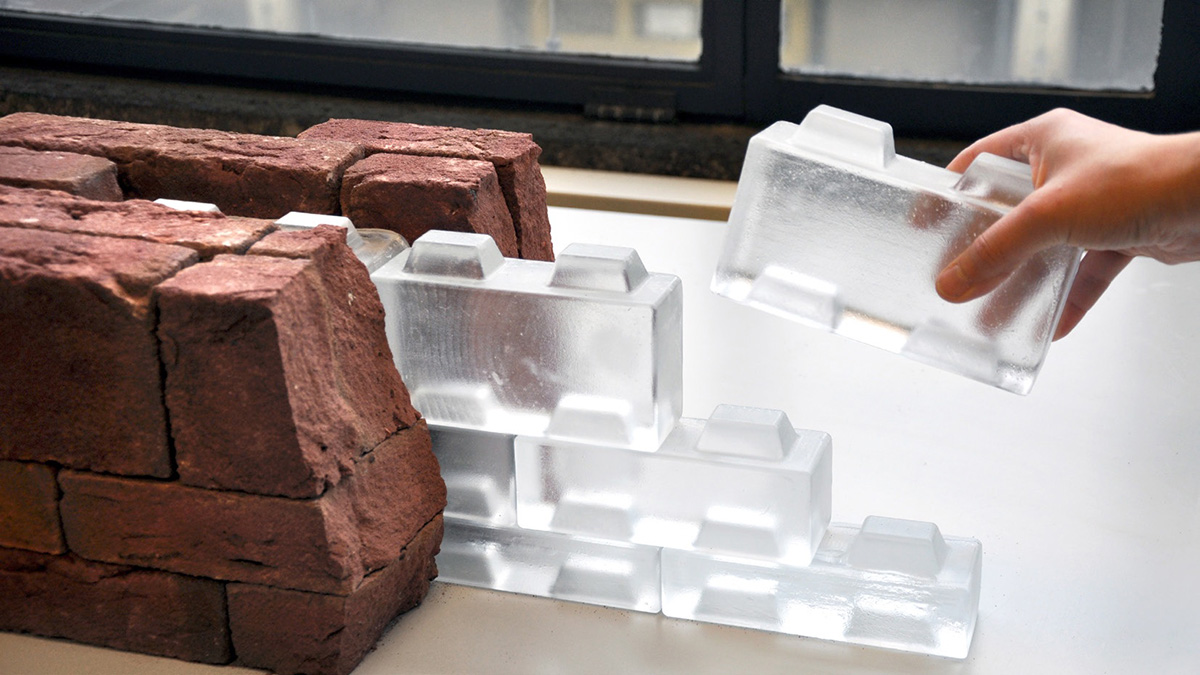Downloads
DOI:
https://doi.org/10.7480/spool.2017.2.1925Keywords:
structural glass, restoration, preservation, solid cast glassAbstract
The application of structural glass as the principal material in restoration and conservation practices is a distinguishable, yet discreet approach. The transparency of glass allows the simultaneous perception of the monument at both its original and present condition, preserving its historical and aesthetical integrity. Concurrently, the material’s unique mechanical properties enable the structural consolidation of the monument. As a proof of concept, the restoration of Lichtenberg Castle is proposed. Solid cast glass units are suggested to complete the missing parts, in respect to the existing construction technique and aesthetics of the original masonry. Aiming for a reversible system, the glass units are interlocking, ensuring the overall stability without necessitating permanent, adhesive connections. This results in an elegant and reversible intervention.
How to Cite
Published
License
Copyright (c) 2020 SPOOL

This work is licensed under a Creative Commons Attribution 4.0 International License.




